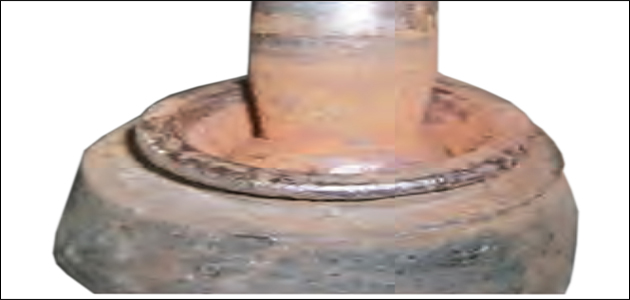

Steering and suspension accounts for around 21% of MOT failures, a surprising statistic considering they are safety critical automotive parts.The reality is that defective steering and suspension parts on a vehicle can affect the geometry and handling which can cause serious instability when driving and also increase the potential of a road traffic accident.
A big factor for causing part failure is our deteriorating road quality and speed humps. For example, if one wheel drops into a pothole the link rod is subjected to a massive shock loading. If this occurs in cold weather when the rubber boot is in a more brittle condition and may split, then the ball joint may become vulnerable to water and grit ingress with the inevitable result – total failure.
Back in January of this year, The DfT added a number of new mandatory tests to the annual MOT to harmonise minimum test requirements across Europe. One change that has been made affects the way steering and suspension components are checked.
Examples of ball joint damage



Dust proof
If dust covers are split or damaged and allow dirt to enter the joint, the vehicle will fail the MOT. Replacing only the dust cover is bad practice because if the dust cover (rubber boot) has split or is damaged then water, salt and road grit will have already started to corrode the inner surfaces of the ball joint and therefore the new dust cover can seal in the very items you are trying to keep out and the joint will continue to deteriorate.
This can cause major problems with safety, the most likely effect being that the ball joint will break up and develop excess play which can cause excessive tyre wear and unpredictable handling. Eventually the ball joint will fail, which in turn can cause loss of control of the vehicle.
FAI recommends that the only safe option is to replace the damaged joint and this is why the company has taken the decision to never sell the dust covers separately.
Replace in pairs
If a defective part is found during an MOT it is always a good safety principle to replace the parts in pairs as it is likely both parts will have covered the same amount of miles and have the same amount of wear. This will ensure the entire steering and suspension system is functional and secure.
Charting success
To assist customers, FAI has published comprehensive fault diagnosis information on the company’s website. So, if for example there is excessive play in the steering, the chart (pictured at the top of the article) will advise it may be that the tie rod ends or rack ends are worn and the best remedy would be to replace these parts.









